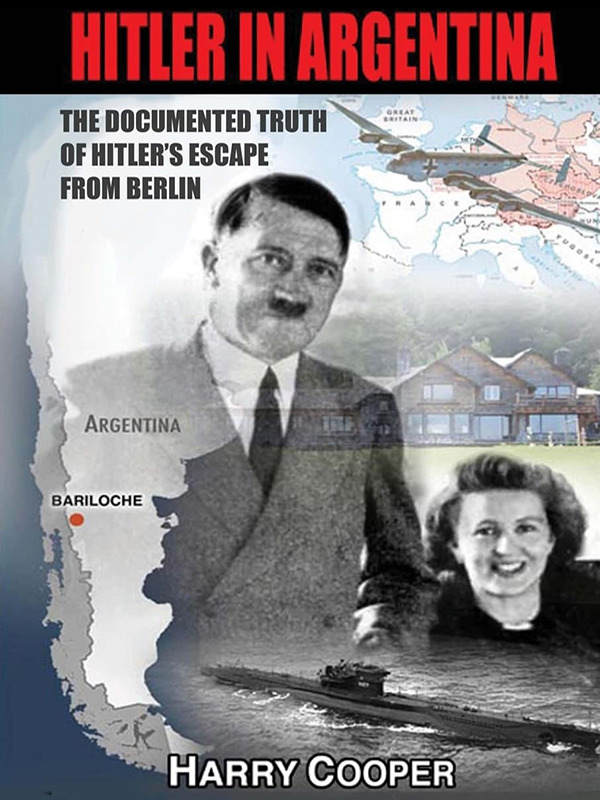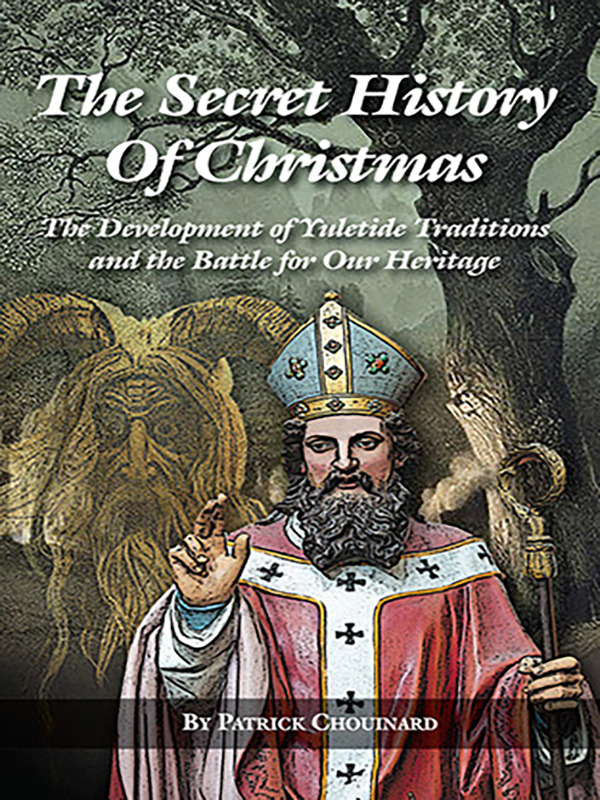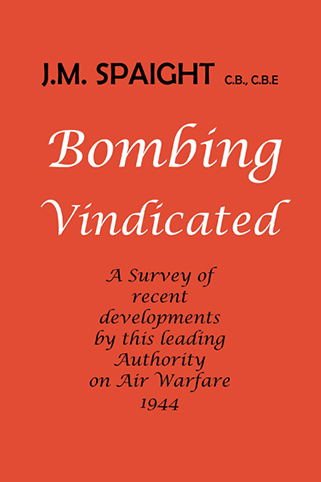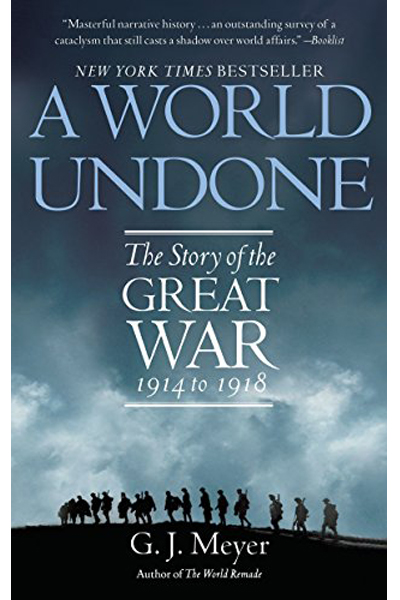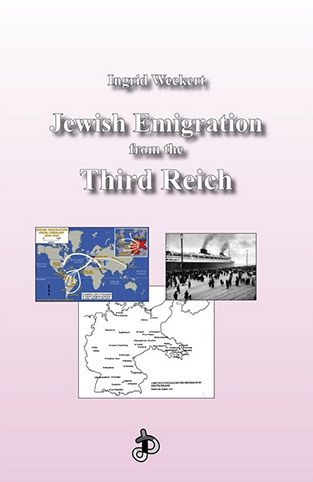Mass Murder at Katyn
$28.00
The only complete English translation of the 1943 “Official Material on the Mass Murder of Katyn, compiled on behalf of the German Foreign Office based on documentary evidence, edited and published by the German Information Center.” Translated and introduced by Arthur Kemp BA.
The very first-ever full English translation of the complete official 1943 German forensic report on the mass murder of Polish Army officers by the Soviet Union’s secret police in the forest of Katyn.
Dismissed as “propaganda” and ignored for nearly 50 years, this report was completely accurate, and, if anything, an understatement of the murderous nature of Soviet Bolshevism.
- Description
Description
The only complete English translation of the 1943 “Official Material on the Mass Murder of Katyn, compiled on behalf of the German Foreign Office based on documentary evidence, edited and published by the German Information Center.” Translated and introduced by Arthur Kemp BA.
The very first-ever full English translation of the complete official 1943 German forensic report on the mass murder of Polish Army officers by the Soviet Union’s secret police in the forest of Katyn.
Dismissed as “propaganda” and ignored for nearly 50 years, this report was completely accurate, and, if anything, an understatement of the murderous nature of Soviet Bolshevism.
The meticulous report starts with an overview of the basic facts surrounding the discovery of the mass graves and then produces a series of eye-witnesses accounts of the Poles being moved to the execution area.
Next, the reader is given a thorough account of the environment and its effect upon buried bodies—this establishes the time of death beyond question—before providing a series of postmortem studies on the bodies. These post-mortem report—carried out by an unbiased international team of doctors, overseen by the Red Cross and Allied Prisoners of War brought in to observe proceedings—revealed that the victims had all been executed by single shots to the back of the head—a painstaking and brutal way to individually execute the thousands of victims discovered in the mass graves.
It also then provides a full copy of the major exchanges between the International Red Cross and other parties on the matter, while the next section details the Allied response to the revelations, which in summary consisted of a pretence that the murders had not taken place, or, if they had, that they had been committed by the Germans.
The report then provides a full list of the names the postmortem investigations were able to identify and ends with a complete photographic record of the mass graves, the postmortems, and the items recovered from the scene.
The Communist atrocity at Katyn—downplayed and often ignored by the media—was a turning point in the propaganda war of not only the Second World War, but also of all post-war propaganda—because it was the Soviet Union’s desire for revenge over National Socialist Germany’s exposure of the Katyn massacre which led to the first “mass genocide” allegations against the Nazis following the capture of the German concentration camps in Poland.
This report has only ever been partially translated into English before. This first-ever full translation contains the complete original text, and all 83 original photographs. Also includes 18 new footnotes, in addition to the document’s original footnotes, explaining events and details to the present-day reader.
In addition, it contains a brand-new introduction which, drawing upon post-war documentation and evidence, provides a complete background to the events at Katyn, including the full extent of the murders which was not available to the Germans in 1943.
* This is not a “photocopy” but a high-quality digital reproduction made from a rare and expensive original.
290 pages, 8.5” x 11”
Table of Contents Introduction: The Mass Murders at Katyn—The Events and their Meaning – |Origins of the War Led to the Massacre – |Soviet Union Invades Poland, September 17, 1939 – |Polish POWs in German and Russian Hands – |The Plans for Mass Murder are Devised at the Highest Levels – |Details of the Mass Murders Emerge after 1990 – |Shootings in Cellars of NKVD Buildings – |Shootings in the Open Air at Katyn – |Total number of Victims – |Germans Blamed and Executed – |CIA Knew in 1980 that Soviets Were Responsible – |Post-1990 Developments – |The Tragedy and Meaning of Katyn for Historical Truth
Official Material on the Mass Murder of KATYN Overview The Mass Murder at Katyn and its Background
1. The Finding of the Mass Graves of the Murdered Polish Officers.
2. The Soviet Response to the German Revelations.
3. Soviet-Polish Relations. – |a) Research about the Murdered Officers Carried out by the Polish Emigrants. – |b) The USSR’s Extermination Program against the Poles.
4. The Attitude of England and the USA to the Soviet-Polish conflict. Documents I. The Facts A. The Discovery of the Mass Graves 1. The Final Report of Field Police Secretary Voß About the Excavations of the Polish Officers from 26 April 1943 2. Preliminary Report on the Start of Excavations B) Kosy Gory Hill—An Old Cheka execution site. 3. Protocol of Interrogation of Kuzma Godonov by the Local Field Police Station 4. Protocol of Interrogation of Ivan Krivozersev by the Local Field Police Station
5. Protocol of Interrogation of Michael Schigulow by the Local Field Police Station
6. From the Interim Report of the Field Police of 10 April 1943 C. Transport and Liquidation of Victims in Spring 1940
7. Statements from Local People about the Transportation of Prisoners a) Statement of the Russian Krivosertsev b) Statement of the Russian Sakharov c) Statement by the Russian Silwjestroff d) Statement of the Russian Andreyev
8. Polish Workers Discovered the Mass Graves of their Compatriots in Spring 1942
9. The Swearing-in of the Russian Witnesses by the High Command of Army Group Center
10. From the Testimony of Former Polish Lieutenant Glaeser
11. From the Diary of the Polish Major Solski D. The Identification of the Victims
13. Final Report of June 10, 1943 14. A Polish Delegation at the Mass Grave of their Compatriots E. Protocols and the Autopsy Findings of the German Forensic Physician and the International Medical Commission on the Discovery of the Bodies
15. Report of the Senior Forensic Pathologist Professor Dr. Gerhard Buhtz on the Katyn Excavations. 1. Preparations 2. Staff 3. The Eight Mass Graves, Their Location and Dimensions 4. Recovery and Identification of the Bodies – |a) Recovery of the Bodies and Securing of the Evidence – |b) General Findings – |c) Preparation of Documents for Identification – |d) Special Findings 5. Body Storage and Stacking 6. Physical Appearance of the Corpses 7. Necropsy Findings and Cause of Death 8. Age of Corpse, Determination of Time of Death 9. The Interaction of the Bodies and the Soil 10. Bullets and Cartridge Cases 11. Close Range Shot Traces 12. Place and Manner of Executions 13. Binding
17. Protocol of the International Medical Commission 18. Autopsy Findings of the Professors: Orsós, Tramsen, Palmieri, Markov, Häjek, Miloslavich, Birkle II The Appeal to the International Red Cross A. The Polish Emigrants’ Demand for Investigation by the International Red Cross
19 From the Statement of the Polish Lieutenant General Kukiel of April 16, 1943
20. From the Declaration of Polish Emigrants in London of April 17, 1943 B. The Step of the Central Committee of the Polish Red Cross in Warsaw
21. Telegram from the Polish Red Cross to the International Red Cross, April 21, 1943
22. Response Telegram from the International Red Cross to the Polish Red Cross in Warsaw C. The Exchange of Letters between the German Red Cross and the International Red Cross in Geneva
23. Telegram from the Executive President of the German Red Cross, Dr. Grawitz, to the International Committee of the Red Cross, April 16, 1943
24 . Telegram from the President of the International Committee of the Red Cross to the President of the German Red Cross, April 16, 1943
25. Telegram from the President of the German Red Cross to the President of the International Committee of the Red Cross, April 17, 1943
26. Telegram from the President of the International Committee of the Red Cross to the President of the German Red Cross Herzog von Koburg, April 20, 1943
27. Telegram from the President of the International Committee of the Red Cross to the President of the German Red Cross, April 22, 1943 III. The Political-Diplomatic Treatment of the Case by the Allies A. The Polish-Soviet confrontation
28. From the Additional Protocol to the Agreement between the Polish Emigrants and the Soviet Union of July 30, 1941
29. Polish Declaration on Negotiations with Moscow in 1941 and 1942
30. The indictment of the Polish Lieutenant General Kukiel of April 16, 1943
31. From Moscow’s First Fenial Attempt of April 16, 1943
32 From the Editorial of the “Izvestia” of April 17, 1943
33. Moscow’s Counterstatement to Lieutenant General Kukiel’s indictment of April 21, 1943
34. Molotov’s Statement of April 26, 1943, to the Representative of Polish Emigrants in Kuibyshev, Romer
35. From the Appeal of Polish Emigrants in London to the Government of the USSR of April 28, 1943
36. Statement by the Polish Communist Wanda Vasilyevska, Member of the Supreme Soviet, April 28, 1943 37. Commentary of the Swiss “Liberté” on the Soviet-Polish Conflict of April 27, 1943
38. “Nineteenth Century,” June 1943, on Russian Measures against the Poles About the Alleged Existence of Polish Graves B. The Negotiations Between the U.S., Great Britain, and the Soviet Union
39. Note from the Deputy Director of the Political Department of the French Foreign Ministry on Russian Atrocities in Poland, May 18, 1940
40. Opinion of the “Times” of April 29, 1943
41. The Times on the London and Moscow Meetings of April 30, 1943
44 From General Sikorski’s Radio Address of May 3, 1943
45 Stalin’s Letter to the “New York Times” of May 4, 1943
46 Deputy Foreign Commissioner Vyshinsky on Soviet-Russian-Polish Relations – 1. The Polish Army Units Established in the USSR – |2. About the Support Measures for Polish Families Evacuated from the Territories Occupied by the German Invaders
47. Rejection of Vyshinsky’s Statement by Raczynski of May 7, 1943
48 From the Open Letter of the Polish Major General Kazimir Schally in the Edinburgh newspaper “Scotsman” of May 11, 1943 IV. List of the 4143 Corpses Identified by 7 June 1943 V. Photographic Documentation
Softcover, 290 pages, 8.5” x 11” format, #929




